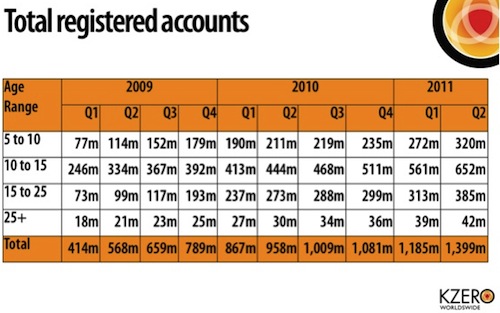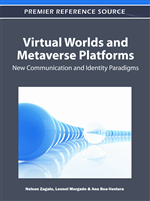The Second Life Community Convention is over for another year and there’s certainly a lot more to it than the Linden Lab CEO keynote. Self-proclaimed ‘God of Machinima Reporting’ Draxtor Despres, has done a nice job of summarising the vibe and feedback of the weekend.
Enjoy:
Also – check out the great wrap-up on the SLCC site.
If you attended yourself, did you come out the other end psyched as well?








Recent Comments